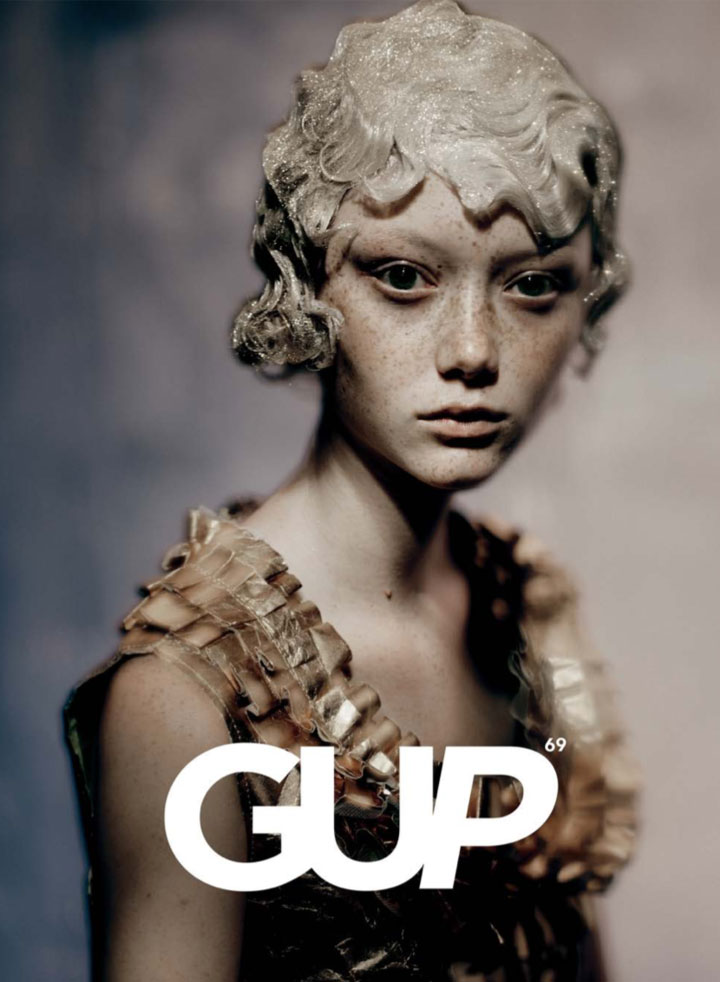
LOVE IS A CAPABILITY
CREDITS
“Love is the emblem of eternity; it confounds all notion of time; effaces all memory of a beginning, all fear of an end”, wrote the Swiss author Madame de Staël (1766-1817). Since time immemorial, love has been seen as something boundless as well as a means through which we ourselves can escape our limits.
At birth, we are met with unconditional love from our parents; regardless of the way we behave and feel towards them, we are fed, put to sleep and made to feel completely safe. As our circle of acquaintances grows wider, however, we realise many do not love us like this. We desire reciprocal love. We may desire to fall in love with a potential partner, sharing experiences together and understanding each other on a deeper level.
For the large role that love plays in our lives, why is that we as humans feel as though we only truly connect to a small number of people? Is love limited by the amount of sexual and non-sexual partners we have? Is there a limit to the human desire to love and to be loved?
Love is an incredibly powerful and complex emotion and, as such, photographers try as hopelessly as poets to convey its greatness. Photographs of love tend to capture the happy moments – the instants of pure bliss, moments which are so present in their emotions that it makes it difficult to believe that love is finite. In her photobook Young Love (Halal Amsterdam, 2015), Karen Rosetzsky describes “that all-consuming, overwhelming moment filled with tenderness and desire, when nothing else seems to matter and you appear to love to the point of madness. That’s the moment we all dream we could capture, and once gone, strive forever to relive”.
“Is love something experienced alone, or only experienced together?”
In his series ATOMS, the Canadian-born photographer Bryan Huynh presents a series of images that depicts heightened emotions – both enlightening and destructive. Here, this image portrays the fiery, physical pulsating connection between two lovers; the moment is both vivid and distorted, showing the blurred and rose-tinted vision often associated with this feeling. Huynh captures how this feeling can be passionate, endearing, intimate and overpowering, both separately and simultaneously. Throughout the series, we are faced with the darker representation – the individuals appear to be consumed by physical annihilation and destruction of the self. It’s a somewhat common theme in today’s Western society: in an increasingly disconnected world, many turn to intoxication through artificial means, such as alcohol and drugs, to try to achieve a cheap alternative. The resulting product is self-loathing.
In illustrating this all-consuming passion, both awakening and eradicating, Huynh provokes us to ponder the nature of love. Is it something experienced alone, or only experienced together? In her book Love 2.0, psychologist Barbara Frederickson explains how, essentially, love is a capability you can form within yourself through mental strength, emotional commitment and affectionate behaviour. According to Frederickson: “When we focus on and saviour our loving feelings for one person, the internal feelings of satisfaction and connection we experience can motivate us to be more loving in general”.
That may not be as exciting as the notion of love as romantic rapture, but it alerts us to the fact that there are countless expressions of love. While it feels wondrous to get carried away, we may ask: How do we measure love? By its duration? By its depth or breadth?
Love is not necessarily forever, but it has the ability to be. As our idea of love changes over time, it all depends on our ability to adapt.






